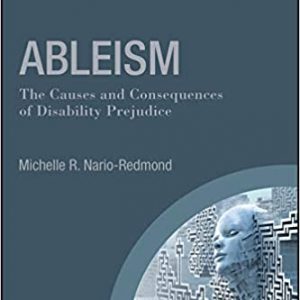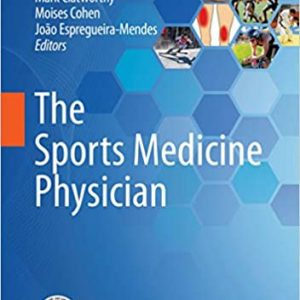Is fibromyalgia a central pain state?
This book covers the latest developments in pain research as presented at the Fifth World Congress on Myofascial Pain (MYOPAIN 2001). It examines the results of a wide scope of basic and applied research on soft-tissue pain, with a strong focus on therapeutic approaches. Its three main sections explore the neurobiology of central sensitization, regional pain syndromes, and chronic widespread pain. In addition, this well-referenced book presents a fascinating chapter on the complex relationship between muscle pain and aging. Handy graphs, charts, and illustrations make the information easy to assimilate.
The Clinical Neurobiology of Fibromyalgia and Myofascial Pain: Therapeutic Implications contains up-to-date information on:
- the brain?s reactions to states of persistent pain
- the physical aftermath of torture
- ways to define and address the emotional distress that commonly observed in chronic pain patients
- the mechanisms and manifestations of muscle hyperalgesia
- the pathophysiology of inflammatory muscle pain
- regional muscle pain syndromes
- state-of-the-art information on the pathophysiology of visceral pain and visceral-somatic pain representations
- a case study of a physical therapy approach to fibromyalgia using Myofascial trigger points
- the epidemiology of widespread pain and its development after injuries
- syndromes that share overlapping clinical features with fibromyalgia
- the connection between HPA dysfunction, ANS dysfunction, and fibromyalgia
- the plasticity of excitatory synaptic transmission in the spinal dorsal horn and its role in the pathogenesis of pain hypersensitivity
- how the central mechanisms of pain transmission relate to pharmacological systems that are responsible for generating central sensitization states
- what PET and MRI show us about the role that the cerebral cortex plays in the perception and modulation of pain











